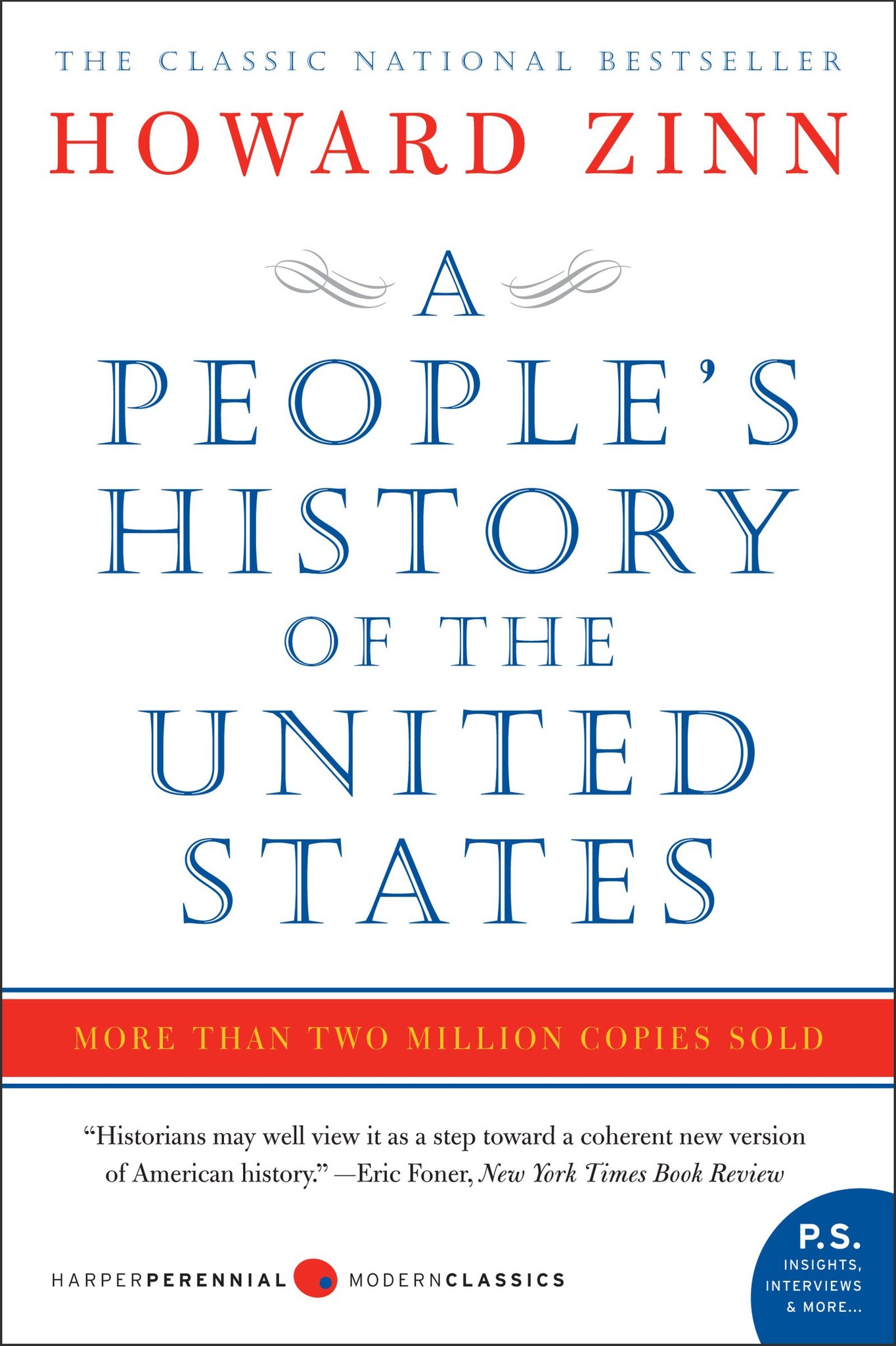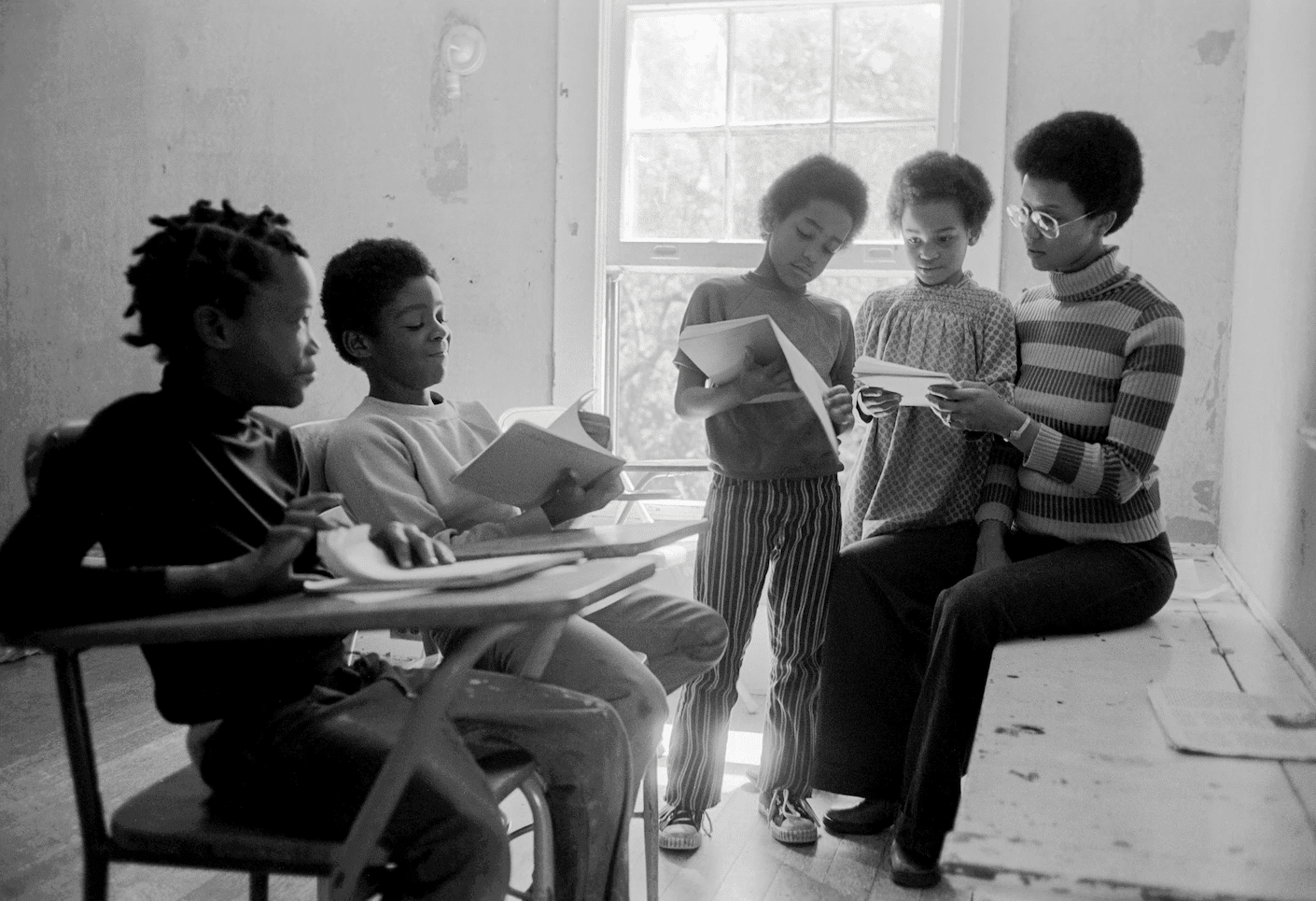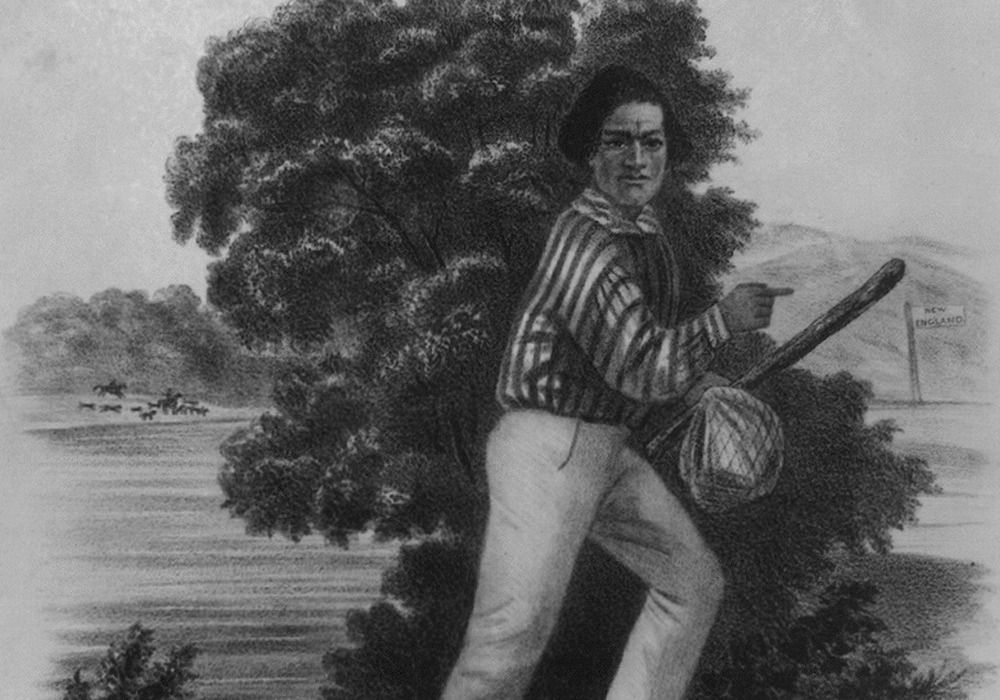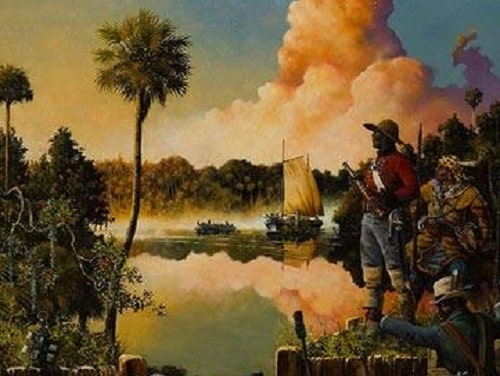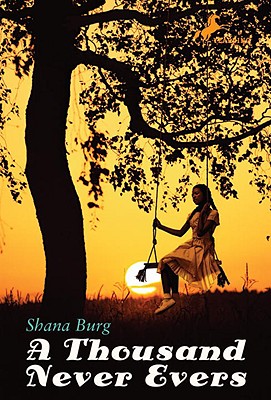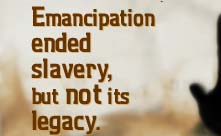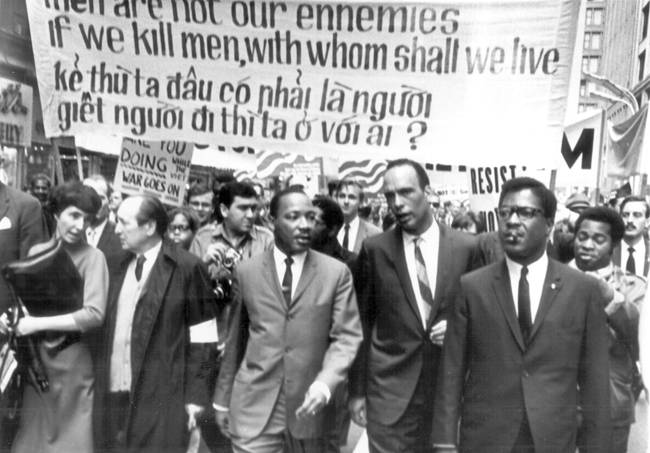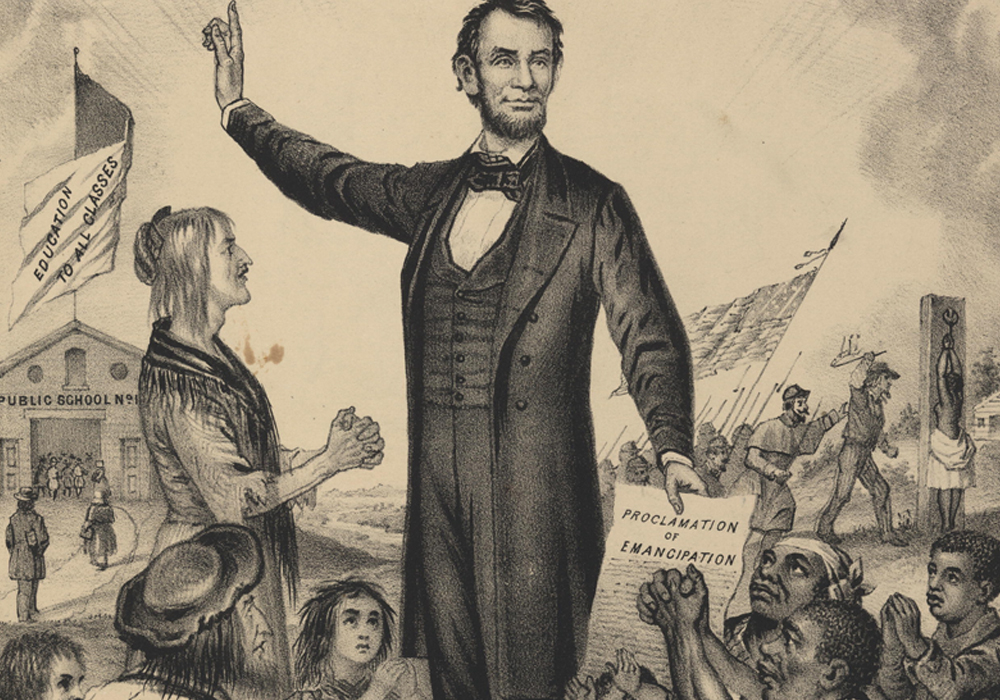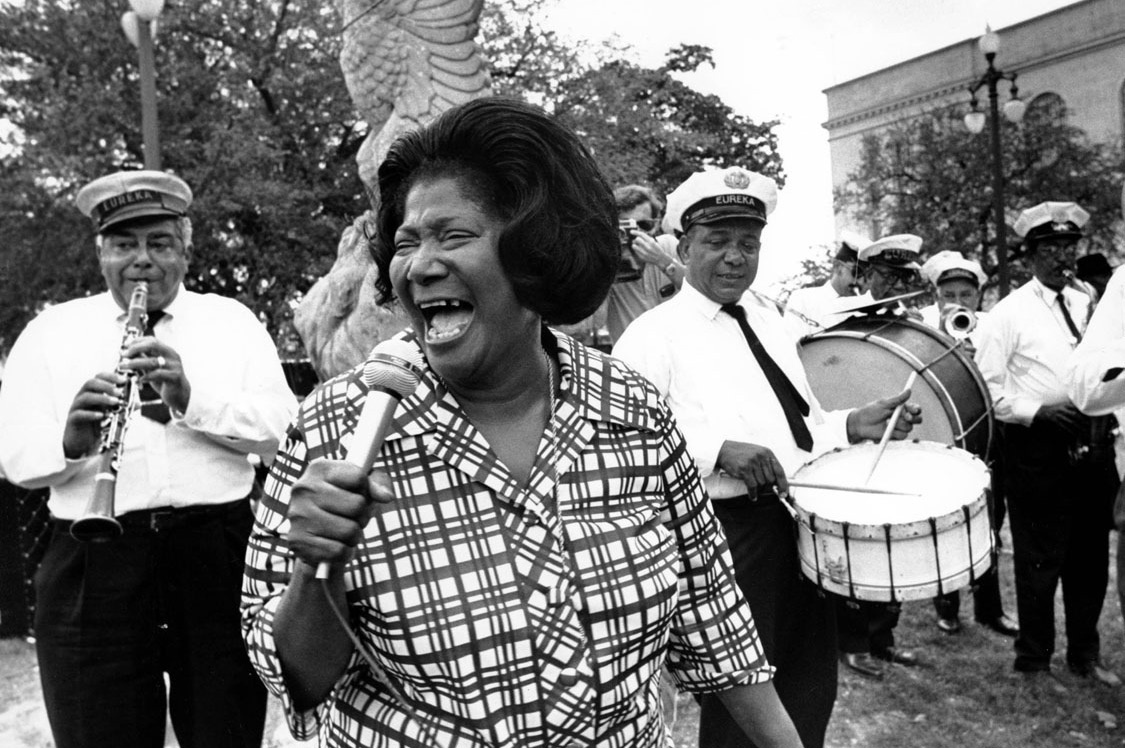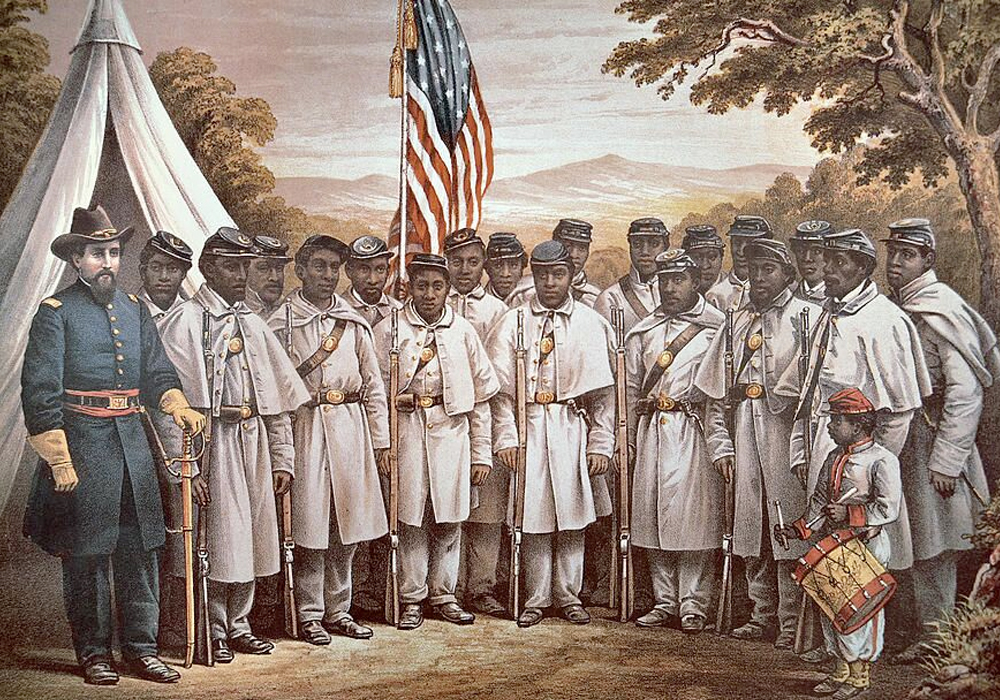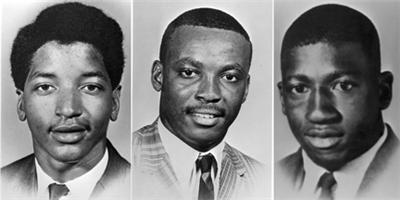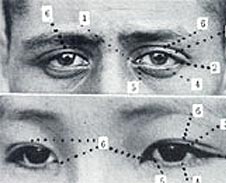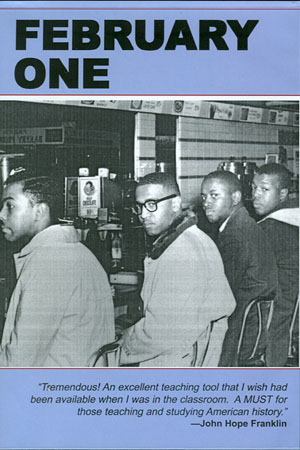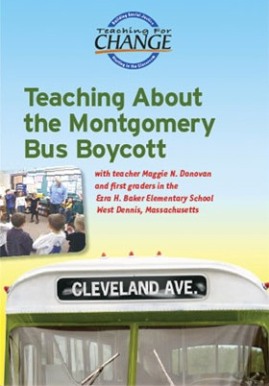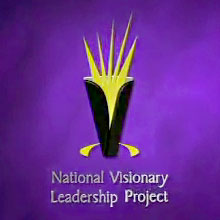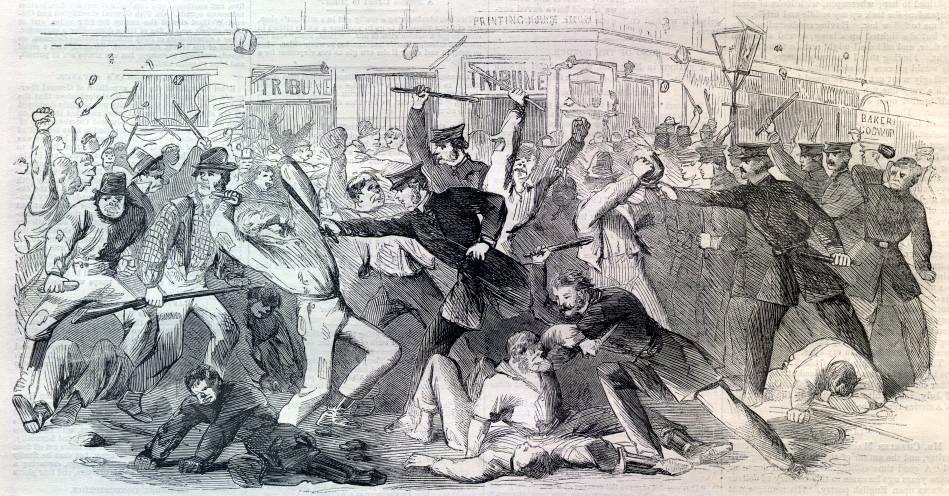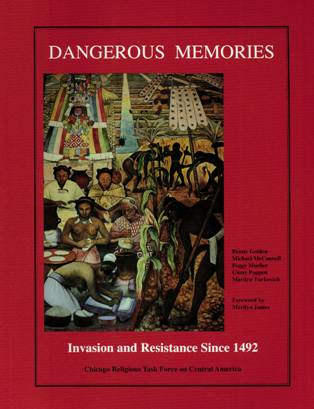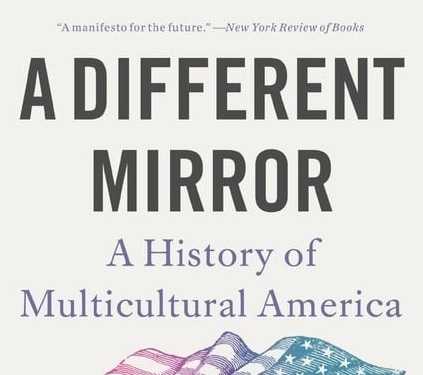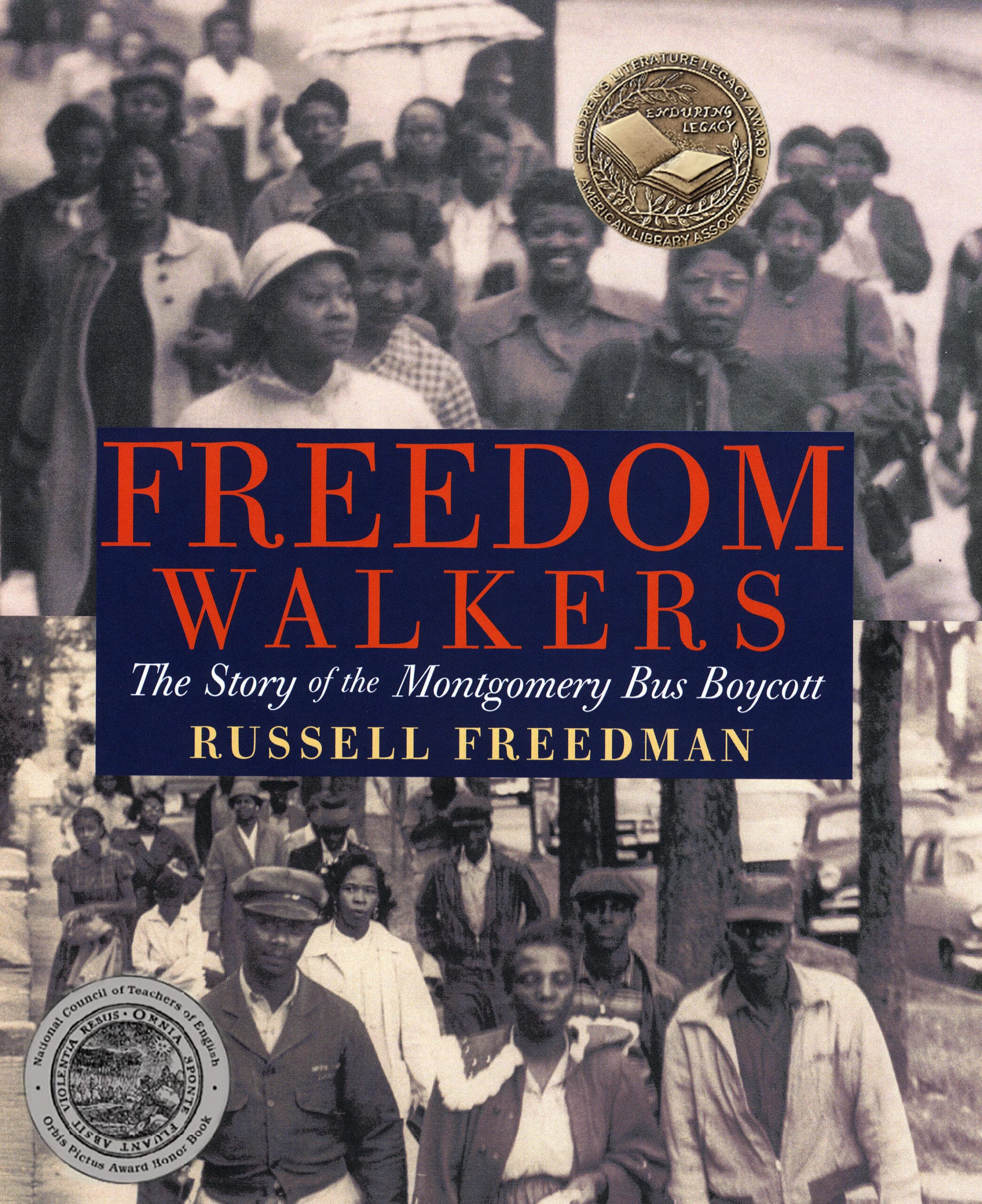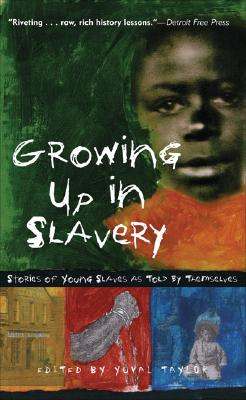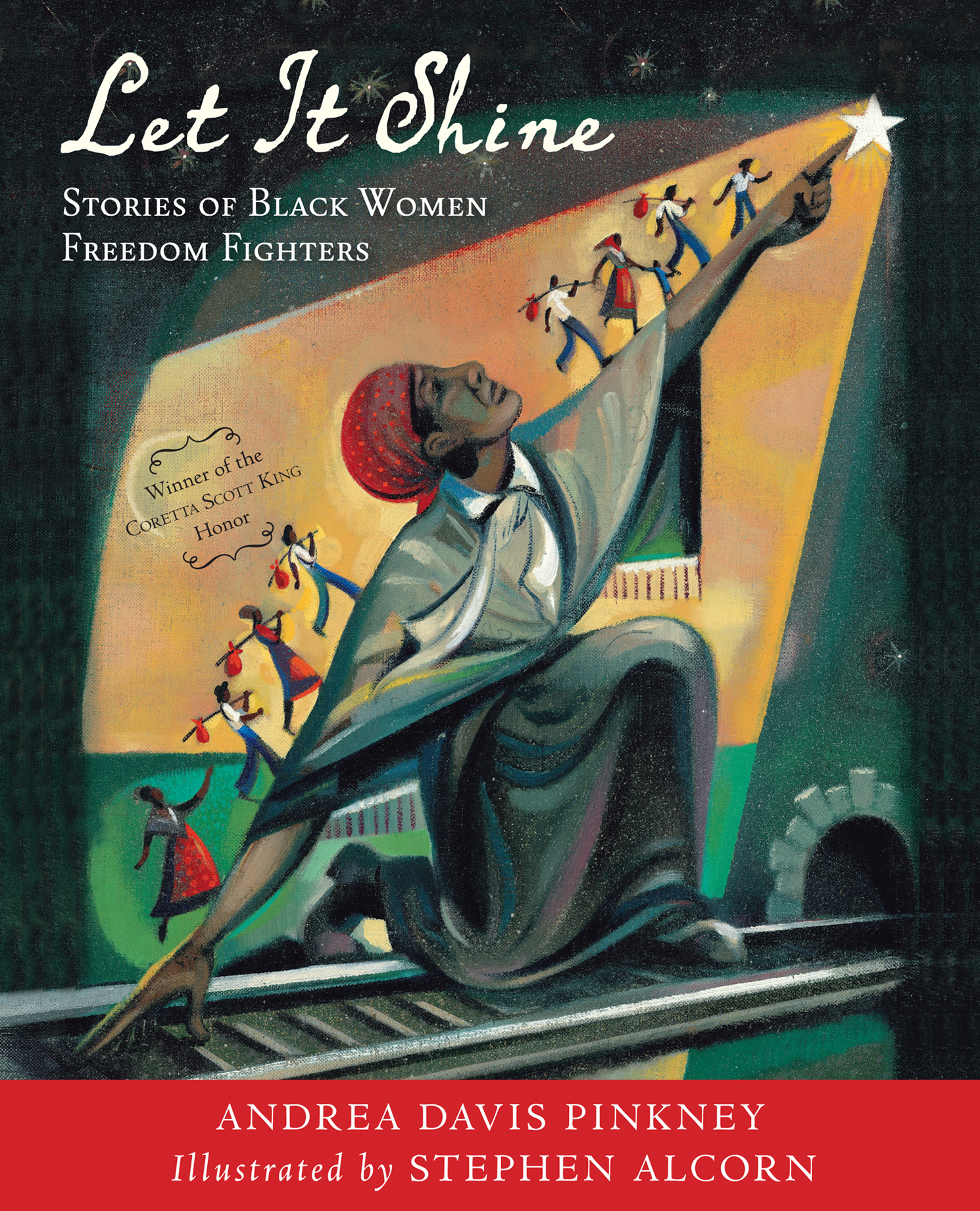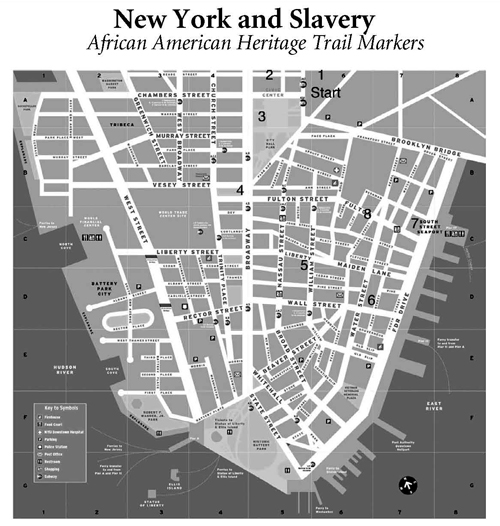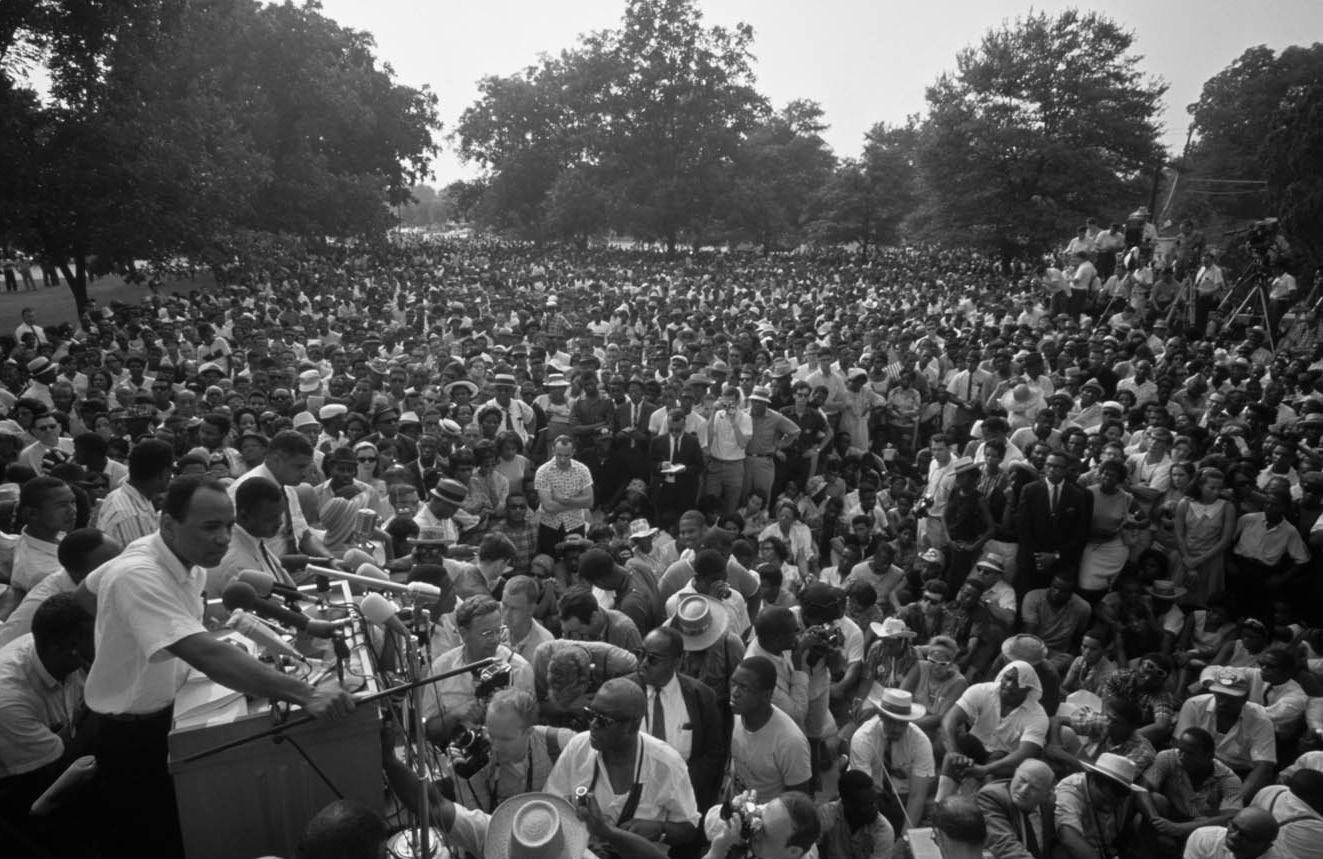Book — Non-fiction. By Howard Zinn. 2005, with a new introduction by Anthony Arnove in 2015. 784 pages.
Howard Zinn's groundbreaking work on U.S. history. This book details lives and facts rarely included in textbooks—an indispensable teacher and student resource.
Continue reading
Teaching Activity. By Wayne Au. Rethinking Schools. 7 pages.
How students can use the Black Panther Party's 10-Point Program to assess issues in their own communities and to develop 10-Point Programs of their own. Available in Spanish.
Teaching Activity by Wayne Au
Continue reading
Teaching Activity. By Bill Bigelow. 7 pages.
A lesson to introduce students to the numerous and varied ways African Americans resisted their enslavement, using the autobiographical Narrative of the Life of Frederick Douglass.
Continue reading
Teaching Activity. By Bill Bigelow. 6 pages.
A lesson on the countless colonial laws enacted to create division and inequality based on race. This helps students understand the origins of racism in the United States and who benefits.
Continue reading
Book — Fiction. By Shana Burg. 2008. 320 pages.
Set in 1963 Mississippi, this historical fiction introduces middle/high school readers to the life at that time through the experiences of a 12-year-old.
Continue reading
Film. 2002. 4 episodes — 56 minutes each.
Documentary on the history of the Jim Crow era.
Continue reading
Teaching Activity. By Rev. Dr. Martin Luther King Jr. 3 pages.
Text of speech by Dr. Martin Luther King Jr. on the Vietnam War, followed by three teaching ideas.
Continue reading
Student Handout. By Bill Bigelow. 3 pages.
This timeline can be used as a resource for lessons on the Civil War, President Lincoln, the 54th Regiment, and the end of slavery.
Continue reading
Teaching Activity. By Rick Mitchell. Rethinking Schools. 10 pages.
Description of a course on the history of music in the United States.
Continue reading
Teaching Activity. By Bill Bigelow. 7 pages.
Students explore some of the myths of the Civil War through examining excerpts from Lincoln’s first inaugural address, the rarely mentioned original Thirteenth Amendment to the Constitution that Lincoln promised to support, and the Emancipation Proclamation.
Continue reading
Teaching Activity. By Bill Bigelow. Rethinking Schools. 13 pages.
A role play on the origins of the modern high school allows students to question aspects of schooling they often take for granted, such as tracking (“ability grouping”) and standardized testing — and to reflect on the racial biases of these so-called reforms.
Continue reading
Article. By Herbert Kohl. Rethinking Schools.
A critical analysis that challenges the myths in children's books about Rosa Parks and the Montgomery Bus Boycott.
Continue reading
Film. Produced by Judy Richardson and Bestor Cram. 2009. 57 minutes.
A documentary film that brings to light the story of the attack by state police on a demonstration in Orangeburg, South Carolina -- leaving three students killed and 28 injured.
Continue reading
Film. By California Newsreel. 2003. Three episodes – 56 minutes each.
A three-part documentary series that questions the very idea of race as biology.
Continue reading
Film. Produced by Dr. Steven Channing. 2004. 61 minutes.
The story surrounding the 1960 Greensboro lunch counter sit-ins.
Continue reading
Film. By Teaching for Change. 2006. 15 minutes.
First grade teacher Maggie Donovan (SNCC veteran) introduces her students to the fight to desegregate the buses, placing Rosa Parks in the context of the larger community efforts.
Continue reading
Digital collection. Oral history interviews with hundreds of Africans Americans of note.
Continue reading
Teaching Activity. By Bill Bigelow. 9 pages.
Students are invited to solve a mystery, using historical clues, about the real story of the Draft Riots.
Continue reading
Book — Non-fiction. By Golden, McConnell, Poppen, and Mue. 1991. 272 pages.
Essential text on U.S. history; includes many primary sources on people's movements.
Continue reading
Book — Non-fiction. By Ronald Takaki, with a foreword by Clint Smith. 2023. 576 pages.
A multicultural history of the United States, in the voices of Indigenous people, African Americans, Jews, Irish Americans, Asian Americans, Latinos, and others.
Continue reading
Book — Non-fiction. By Russell Freedman. 2006. 114 pages.
Written for middle school, the grassroots history of the Montgomery Bus Boycott.
Continue reading
Book — Non-fiction. Edited by Yuval Taylor. 2005. 230 pages.
Ten individuals tell stories of their childhood and teenage years in slavery.
Continue reading
Book — Non-fiction. By Andrea Davis Pinkney. 2013. 120 pages.
Mini-biographies for upper elementary and middle school of 10 African-American women.
Continue reading
Teaching Activity. By Alan J. Singer. Rethinking Schools. 7 pages.
How a teacher and his students organized a tour of the hidden history of slavery in New York.
Continue reading
Teaching Activity. By Larry Miller. Rethinking Schools. 6 pages.
Story and discussion questions about a teacher's own experience of labor solidarity.
Continue reading

